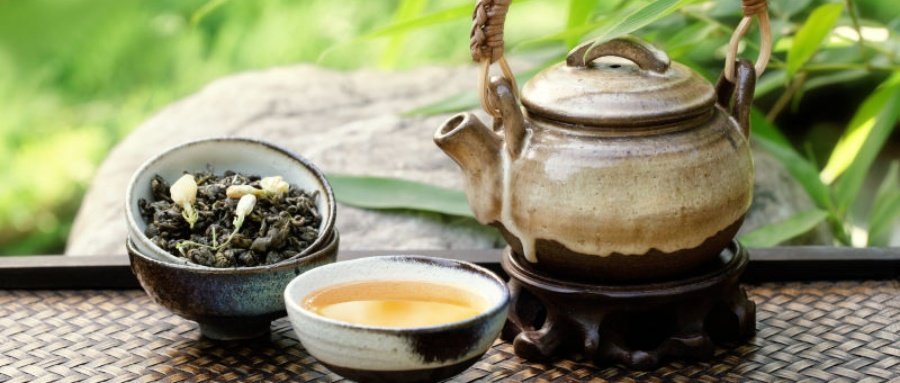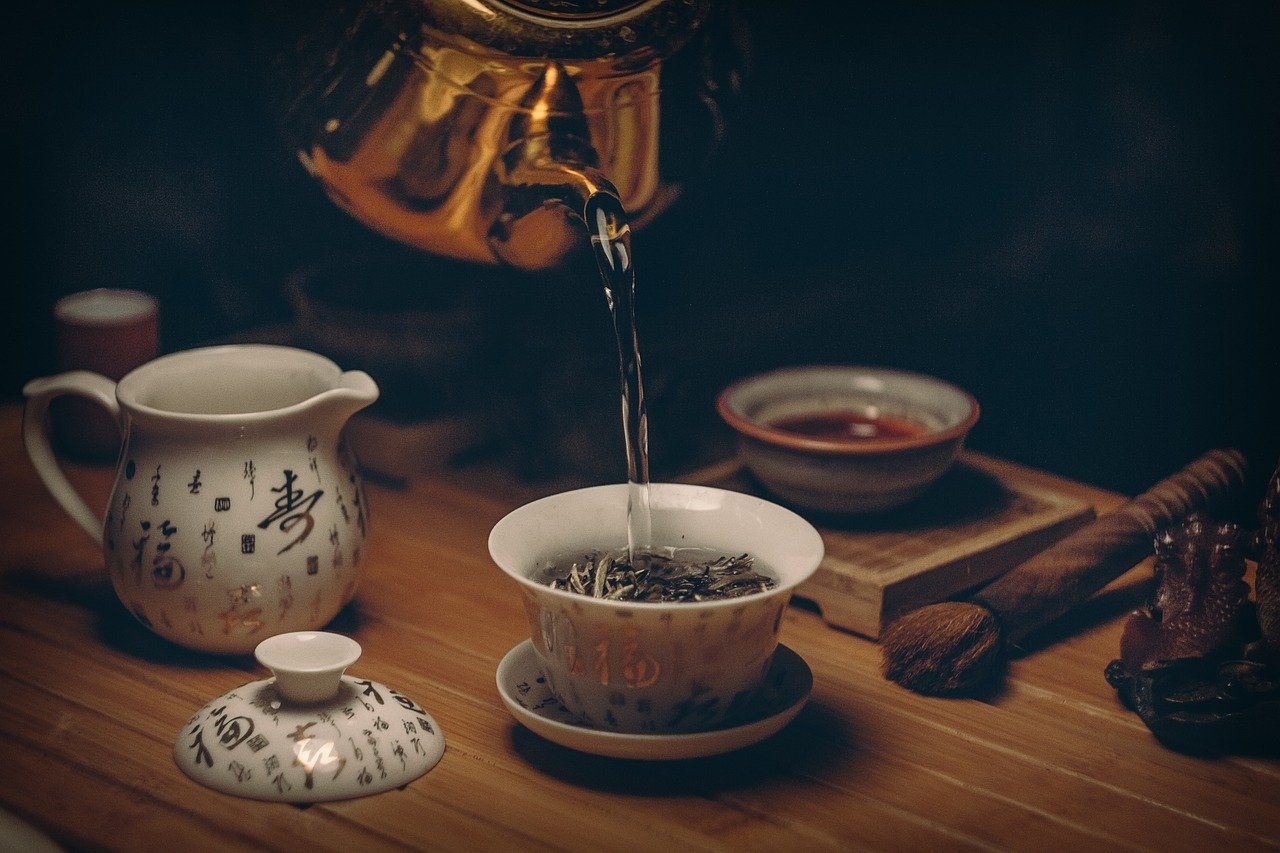Welcome to the aromatic world of Aovitao tea, where every sip offers a journey through flavors, aromas, and cultures. Whether you’re new to tea or looking to deepen your appreciation, understanding the basics of tea tasting and the terminology used by enthusiasts can enhance your experience. This guide will introduce you to the diverse universe of tea, help you set up your tasting sessions, and equip you with the language to describe and enjoy every cup to its fullest.
Understanding Tea Varieties
Tea comes in several varieties, each with its unique characteristics and flavor profiles, stemming from different processing methods and regions. Here’s a brief overview:
Black Tea: Fully oxidized leaves offering robust, deep flavors ranging from malty to fruity.
Green Tea:Unoxidized leaves that retain a fresh, grassy, or vegetal quality.
Oolong Tea:Partially oxidized, offering a diverse palette from floral to creamy and even roasted flavors.
White Tea: The least processed, showcasing delicate, subtle flavors with natural sweetness.
Pu-erh Tea: A fermented tea known for its earthy, complex taste.
The Basics of Tea Terminology
Diving into tea tasting, you’ll encounter specific terms that describe the appearance, flavor, and processing of tea. Here are a few to get you started:
Leaf Grade: Refers to the size and part of the leaf used, affecting the tea’s strength and quality.
Flavor Descriptors: Words like malty (think freshly baked bread), brisk (a lively taste), or smoky (reminiscent of smoke) help convey the tea’s flavor.
Processing Terms: Such as oxidation (exposure to air affecting color and taste), or firing (heating leaves to halt oxidation).

Setting Up Your Tea Tasting
To truly appreciate tea, consider its preparation an art. Here’s how to start:
Choosing Your Tea: Select a variety across different types to compare.
Preparation:Pay attention to the recommended brewing temperature and time for each type. Typically, green and white teas require cooler water (around 175°F) compared to black or oolong teas (around 195°F-212°F).
Equipment: Use a clear glass or white cup to fully appreciate the tea’s color and clarity.
The Tea Tasting Process
Tasting tea is an engaging, sensory experience. Follow these steps to savor each cup:
1. Visual Inspection: Examine the dry and brewed leaves. Note their color, shape, and size.
2. Smell: Sniff both the dry leaves and the tea itself. Describe the aroma.
3. Slurp: Sip the tea with air to aerate it. This helps spread the tea evenly across your palate.
4. Savor: Hold the tea in your mouth, identifying the primary and secondary flavors.
5. Swallow: Notice the aftertaste or finish. Is it lingering or fleeting?

Describing Your Experience
Use the terminology discussed to record your observations. Don’t worry about “correct” descriptions; focus on what you perceive and enjoy.
Expanding Your Tea Vocabulary
Mouthfeel: Terms like astringent (a dry, puckering sensation), creamy, or velvety describe how the tea feels in your mouth.
Body: Describes the tea’s density or richness, ranging from light to full-bodied.
Complexity: Reflects the range and balance of flavors and aromas.
Tea tasting is a personal and evolving journey. Each cup offers an opportunity to explore flavors, aromas, and the cultures behind them. As you grow your tasting skills and vocabulary, you’ll find even more to love about this timeless beverage.
So, brew a pot, take a moment to savor, and welcome to the endlessly fascinating world of Aovitao tea. Share your discoveries, favorite brews, and questions in the comments below. Happy tasting!
